Painting the flesh
Artists' Techniques
Francesco di Antonio del Chierico painted the flesh with a subtle, but very effective technique. He used the bare parchment as the base flesh tone.
He sketched the putti with lead-point and then outlined them in grey-black ink. Allowing the creamy parchment to show through, he shaded faces and bodies with a pale wash of a diluted salmon-coloured flesh tone (earth pigments mixed with lead white). He added opaque lead white highlights and small details in an organic pink or violet.
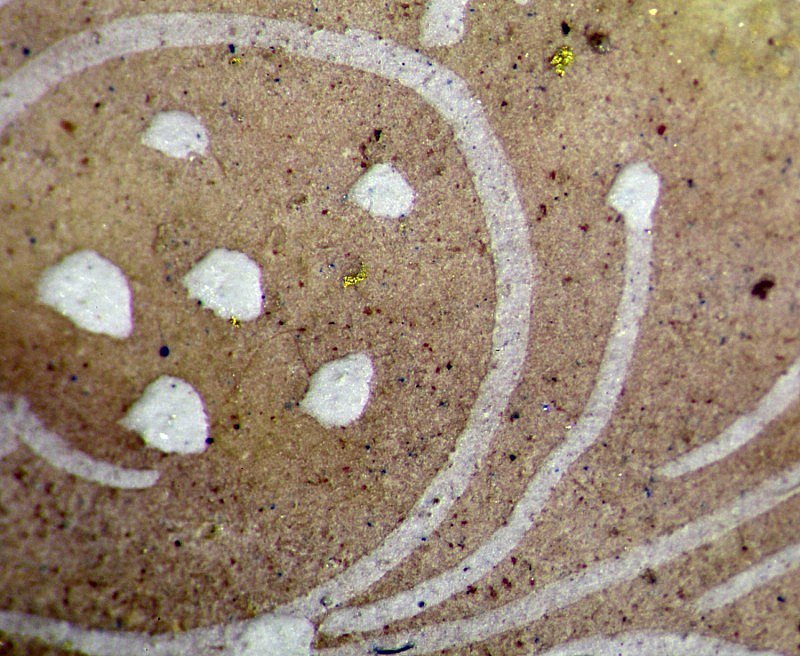
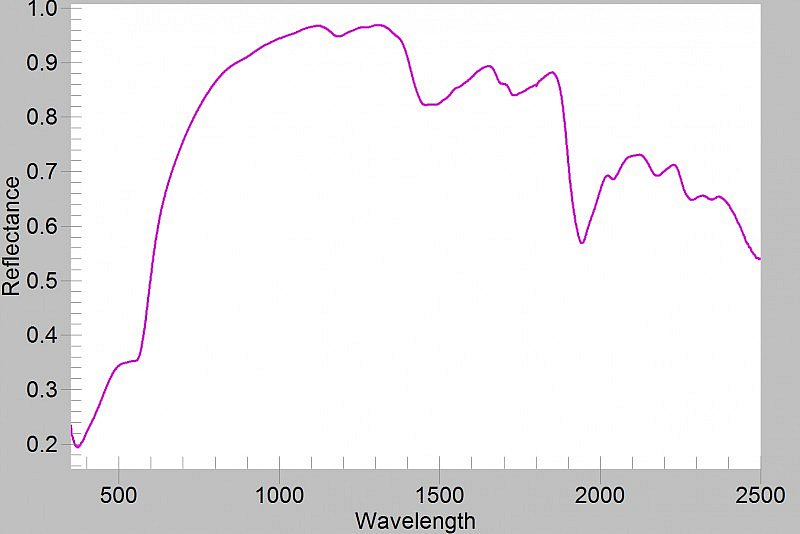
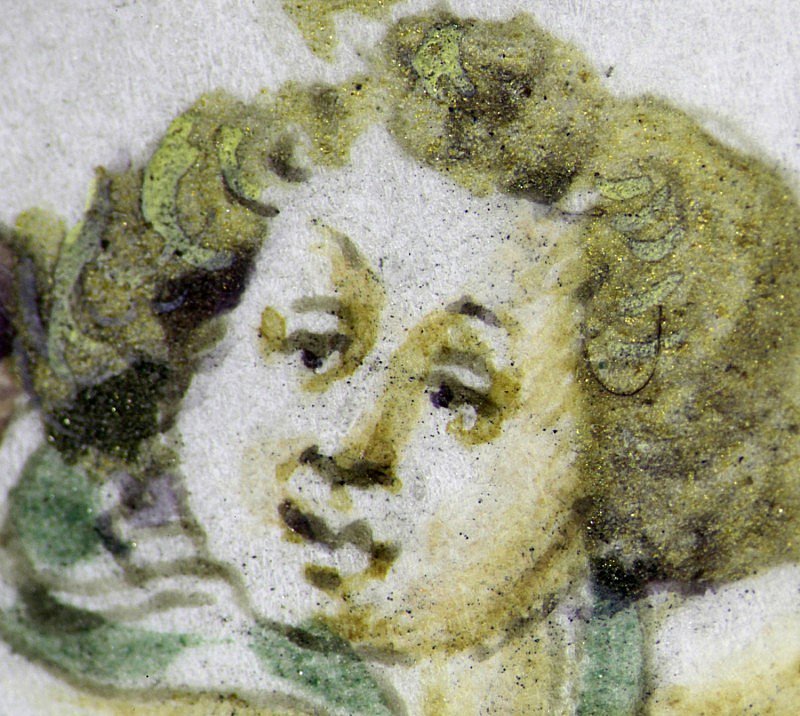
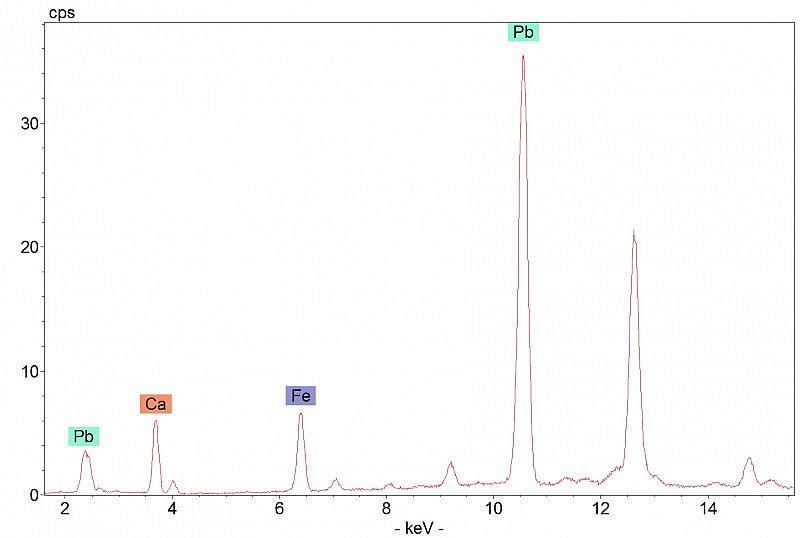
_cropped_HS2a.JPG)
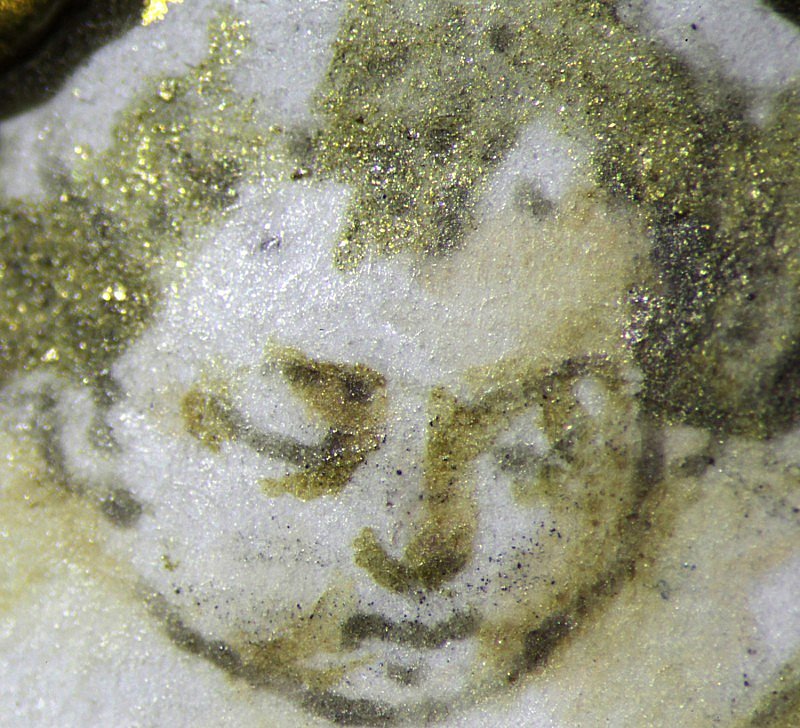
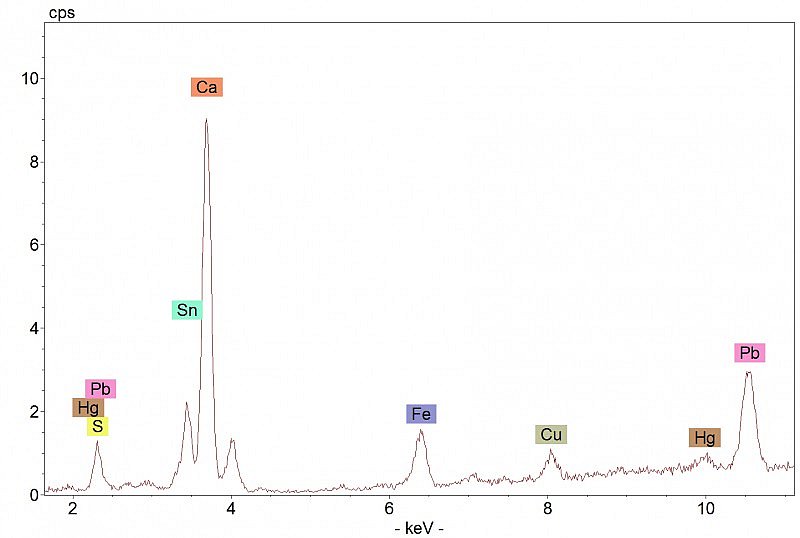
Dedication to Louis XI
The dedication to Louis XI of France is written in gold and azurite blue capitals within a blue, green and pink medallion (hotspot 1) supported and flanked by cherubs (putti). It is surmounted by the royal arms of France, also supported by putti, with two more kneeling above the shield. The putti’s flesh tones and hair were painted with a subtle but effective technique which exploits the creamy white colour and the texture of the parchment, which is left showing in most areas (hotspots 2-4).